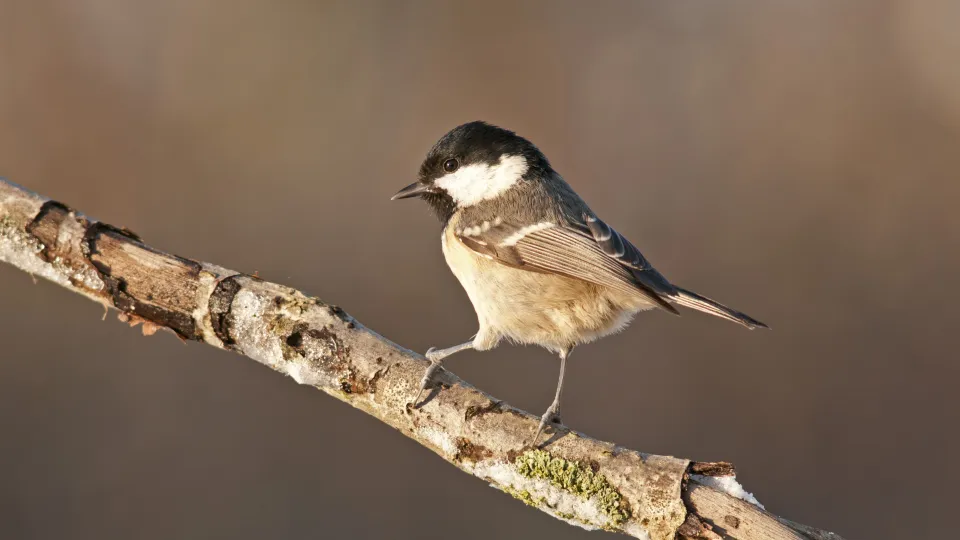
Coal tit
The coal tit is mainly found in coniferous woodland, but can also be spotted in gardens and parks. It is smaller than the great tit, but has a similar bicycle pump-like song.

The coal tit is mainly found in coniferous woodland, but can also be spotted in gardens and parks. It is smaller than the great tit, but has a similar bicycle pump-like song.
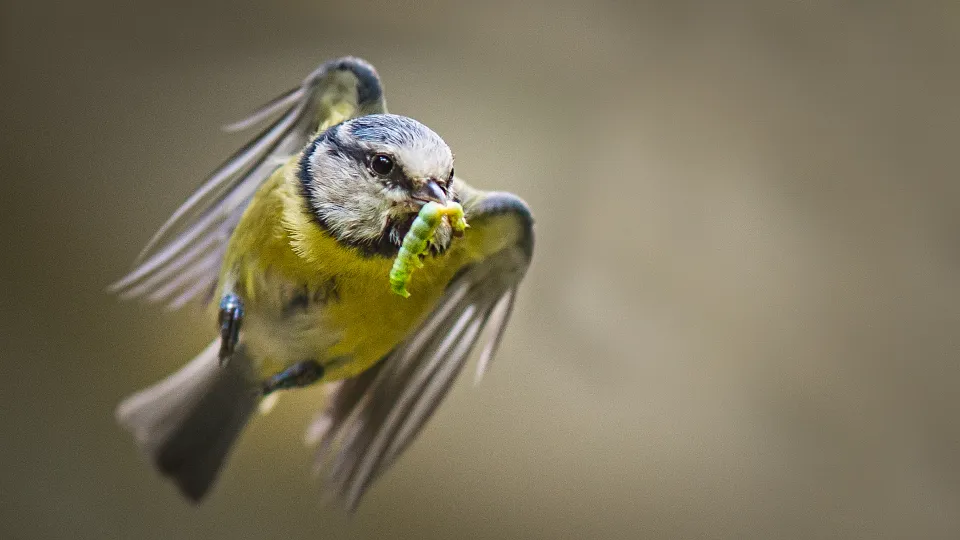
A familiar garden bird, the blue tit can be seen around bird tables and feeders, as well as in woodlands and parks. Listen out for its trilling, 'tsee-tsee-tsee' song. It is smaller than the great tit.
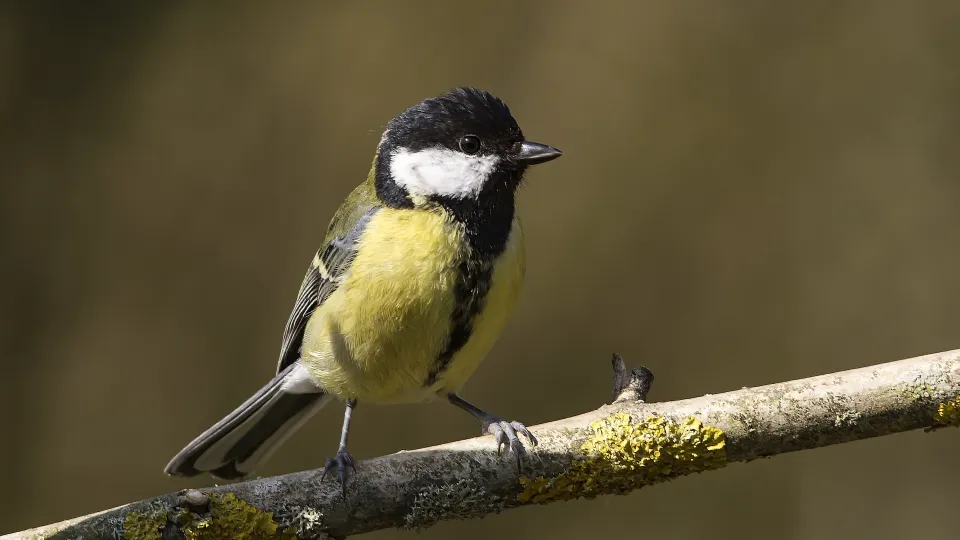
A familiar garden bird, the great tit can be seen around bird tables and feeders, as well as in woodlands and parks. Listen out for its shrill song that sounds just like a bicycle pump being used!
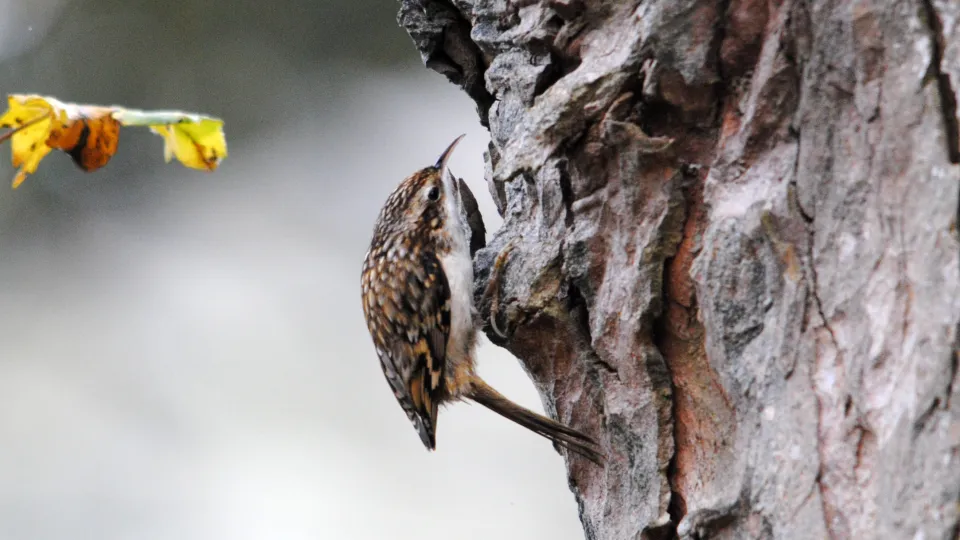
The fine, downcurved bill of the treecreeper makes this tit-sized bird unmistakeable. Look out for it in woodlands and parks, literally 'creeping' around tree trunks.
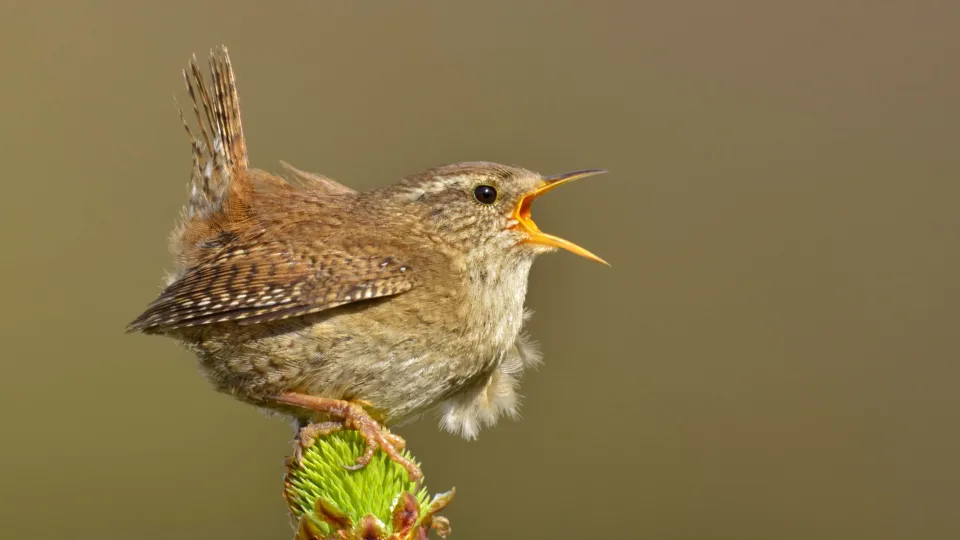
The tiny wren, with its typically cocked tail, is a welcome and common visitor to gardens across town and countryside. It builds its domed nests in sheltered bushes and rock crevices.
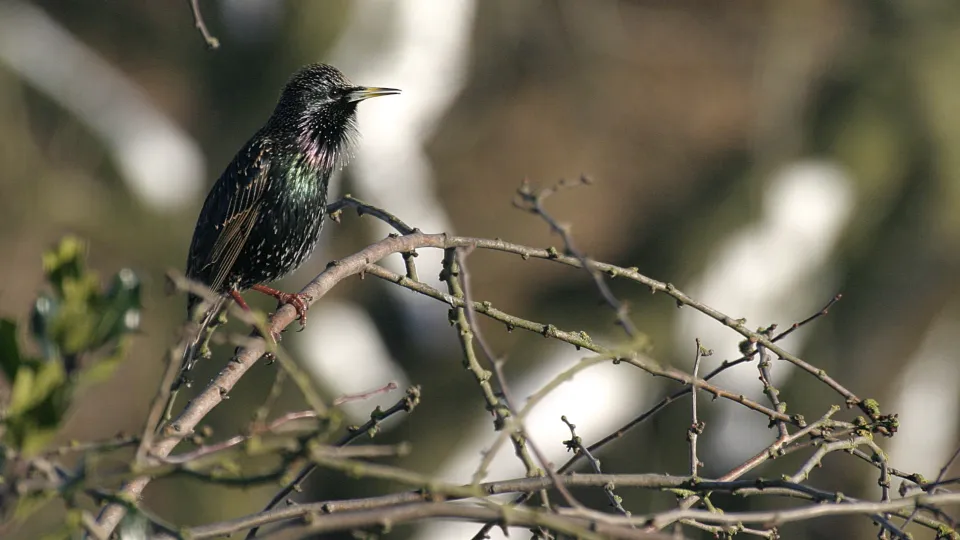
The starling is a familiar garden visitor that has a beautiful purple-and-green sheen to its black feathers. It is famous for its wintry aerial displays - massive flocks can be seen wheeling over our towns and farmland.
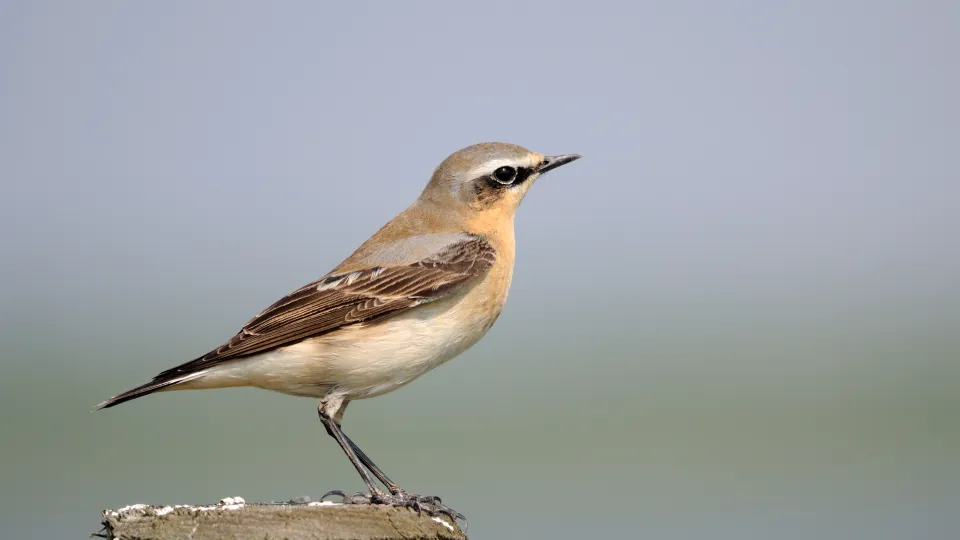
A summer visitor, the wheatear is a handsome chat, with black cheeks, white eyestripes, a blue back and a pale orange chest. Look for it on upland heaths and moors.
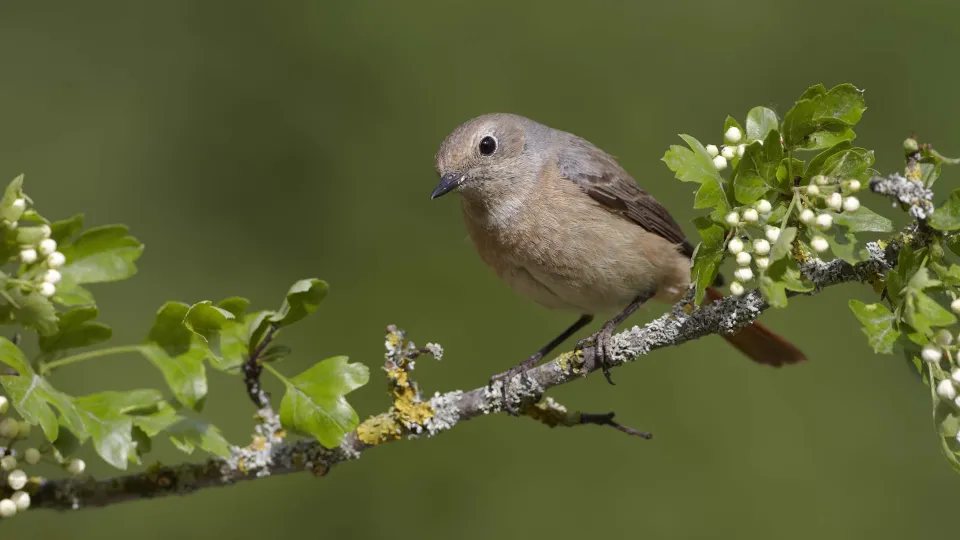
A summer visitor to the UK, the red-tailed redstart is a robin-sized bird that can be spotted in woodlands, parks and hedgerows, mainly in the north and west of the UK.
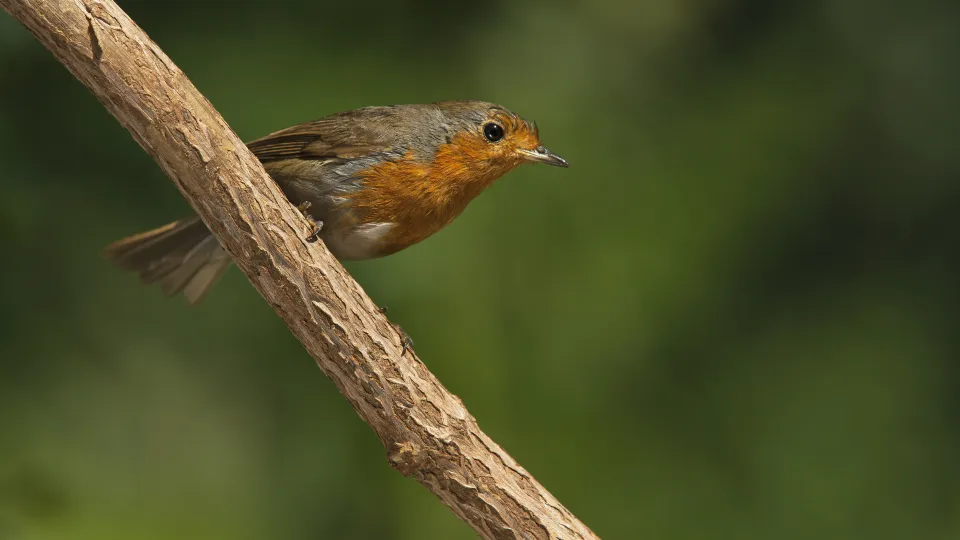
The much-loved robin is a garden favourite and one of our most familiar birds, adorning Christmas cards every year. It is very territorial, however, and will defend its post with surprising ferocity.
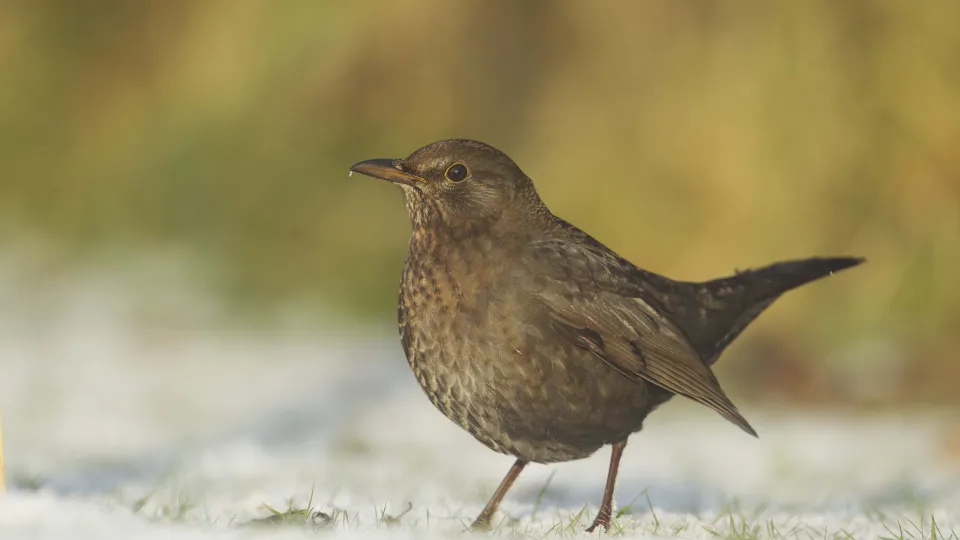
A much-loved garden bird, the blackbird is famous for its harmonious song. In winter, our resident birds are joined by migrants from Scandinavia and the Baltics.